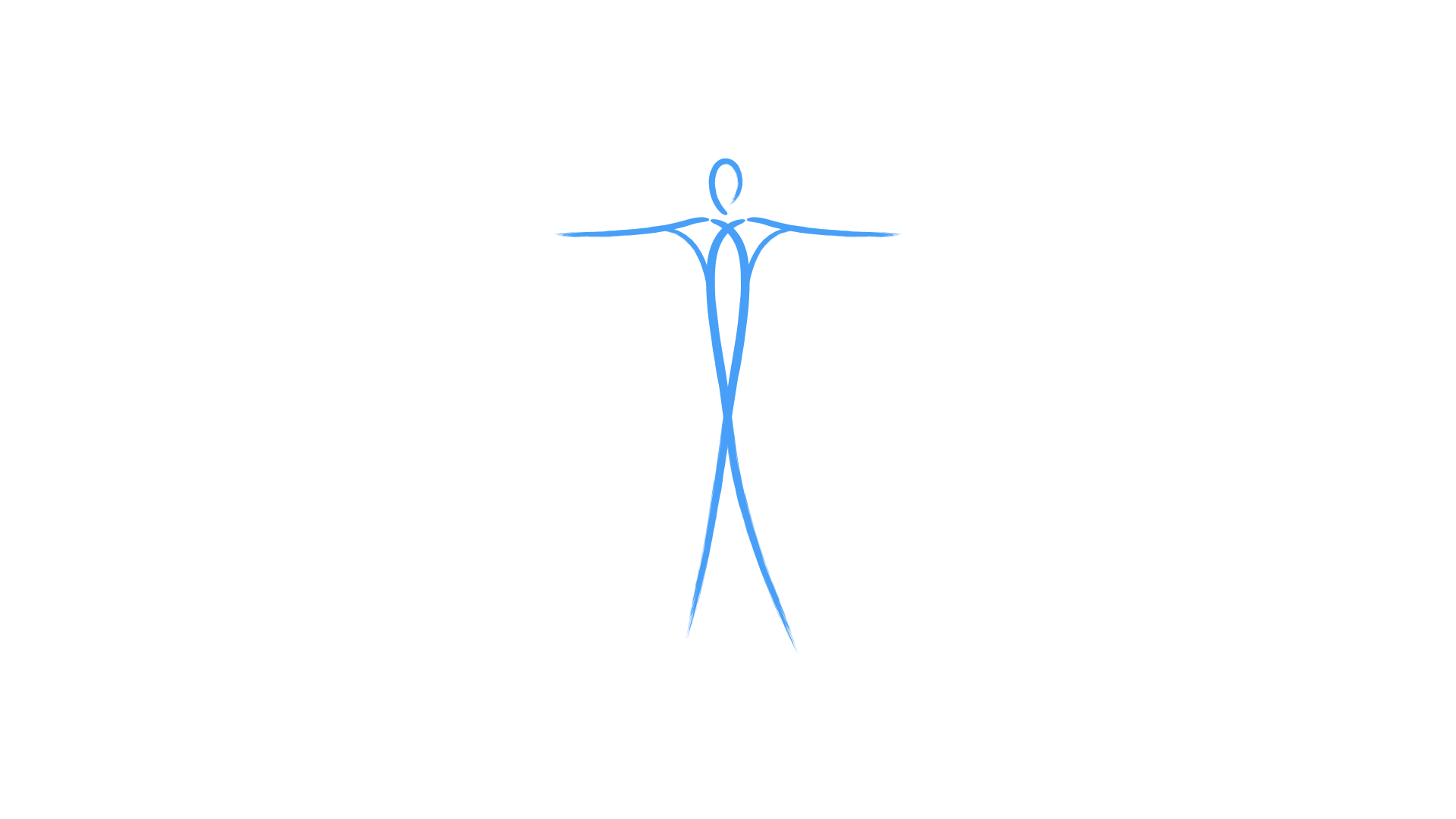Primary and Secondary Curves: the Secret to Power, Fluidity, and Control
As I mentioned in my previous article, The Impossible Dream: the Quest for a Perfect Posture, “posture” is often mistakenly viewed as a static position, which should be maintained while dancing. Instead, the posture should be viewed as a dynamic interplay between body parts, ever changing from one instant to the next.
In order to better understand this interplay between different body parts, I will introduce the concept of primary and secondary curves, and demonstrate how viewing the movement through this lens can improve not only posture, but also give dancing power, fluidity, and control. It is important to keep in mind that it is not the comprehensive and only system of training, but it opens doors for further exploration and improvement.
Primary and Secondary Curves
The concept of primary and secondary curves is an integral part of Dart Procedures, a movement sequence based on developmental and evolutionary patterns. Alexander teachers, Alex and Joan Murray, were instrumental in integrating Dart Procedures in Alexander Technique (AT), and now they are an important element of many AT training courses.
In their book, “Dance and the Alexander Technique. Exploring the Missing Link”, Rebecca Nettl-Fiol and Luc Vanier, write: “One can look at the primary and secondary curves of the body as a counterbalancing mechanism within a static posture.” (p.48, University of Illinois Press, Urbana, Chicago, Springfield, 2011). Primary curve is sometimes referred to as a “C” curve, or fetal curve, and it is achieved by flexion of the spine. In neutral position, an adult spine maintains two primary curves: thoracic and sacral. Secondary curve is achieved by hyper extension of the spine. In neutral position, the adult spine has two secondary curves: cervical and lumbar. These curves provide a natural balancing mechanism, allowing fluidity to the spine.
Spinal curves
Interplay of Curves
When we move, however, we want to allow the interplay between these curves, rather than forcing their maintenance, as if being in a constant neutral position. Different stages and types of movement call for more primary or secondary engagement. What does it mean? We can look at these two types of curves through directions of movement: as we move into flexion, we say we move towards primary; when we move towards extension, we move towards secondary. The neutral position between these two curves is sometimes referred to as a “reset” (often called “collecting” in ballroom technique). The primary (or fetal) curve gives a natural spring into secondary, and that’s why it is often used at the initiation of a power movement, also known as a “driving step” in ballroom.
This engagement of the primary curve will naturally create a spring into secondary, which in turn will create what is referred to as “drift” in ballroom, before resetting, or collecting, and allowing this cycle to repeat. Primary curve is generally occurring while lowering. Thus, when we send the knees forward, we allow the pelvis to gently tilt towards primary (posterior pelvic tilt). It gives the feeling of gently sending the lower back in the backward direction. It is very important to remember that the initiation of this action comes from sending the knees forward and not tilting the pelvis first. The proper order ensures a smooth continuity of movement. At the same time, we keep the neck free of excess tension to allow the head to balance naturally on top of the spine, and to allow the back to lengthen and widen. The energy stored in the primary curve will naturally propel us into secondary when we move towards rise and extension. As a ballroom dancer, you can think of this action as the hip swing.
Of course we have to be careful not to exaggerate the engagement of these curves. The undulations of the spine, particularly in regards to primary, are generally felt in the lumbar region of the spine, which is naturally a secondary curve (in AT we often call it “sending the back back”). We want to avoid over flexion of the thoracic region, which would lead to visible hunching.
Spinal Curves in Action
Here is a visual representation of primary and secondary curves and their applications in a basic waltz step.
As you can see from the above example, the application of primary and secondary interaction gives us a chance for a more dynamic model for movement. Once you start to look for these elements in your dancing, you will find that they occur everywhere. Play with these concepts, and see if you find freedom in your movement.
Next time, we will look at how primary and secondary curves interact to create spirals.








